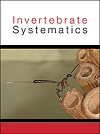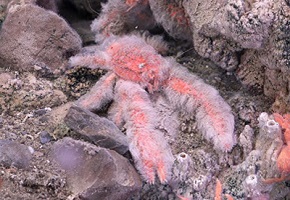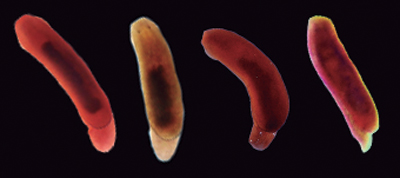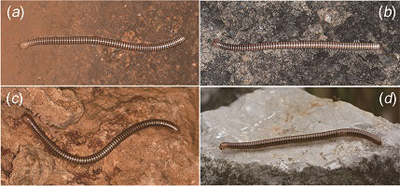IS22023We don’t know the half of it: morphological and molecular evidence reveal dramatic underestimation of diversity in a key pollinator group (Nemestrinidae)
 , Bruce Anderson, Ruth J. Cozien, Allan G. Ellis, Florent Grenier, Steven D. Johnson, Ethan Newman, Anton Pauw and Timotheüs van der Niet
, Bruce Anderson, Ruth J. Cozien, Allan G. Ellis, Florent Grenier, Steven D. Johnson, Ethan Newman, Anton Pauw and Timotheüs van der Niet
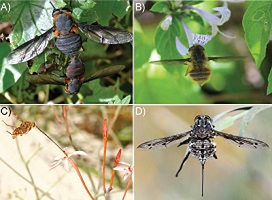
Despite the ecological importance of Nemestrinidae (tangle-veined flies), the taxonomy and the systematics of the group is poorly understood. In this study we aimed to assess the phylogenetic relationships and species diversity among three southern African genera from the subfamily Nemestrininae: Prosoeca, Moegistorhynchus and Stenobasipteron. Our findings suggest that ~50% of the studied diversity is currently undescribed and that a monophyletic Moegistorhynchus is sister group to a paraphyletic Prosoeca with Stenobasipteron nested inside Prosoeca. This study highlights the need for increased systematic work for this ecologically important group of flies.


